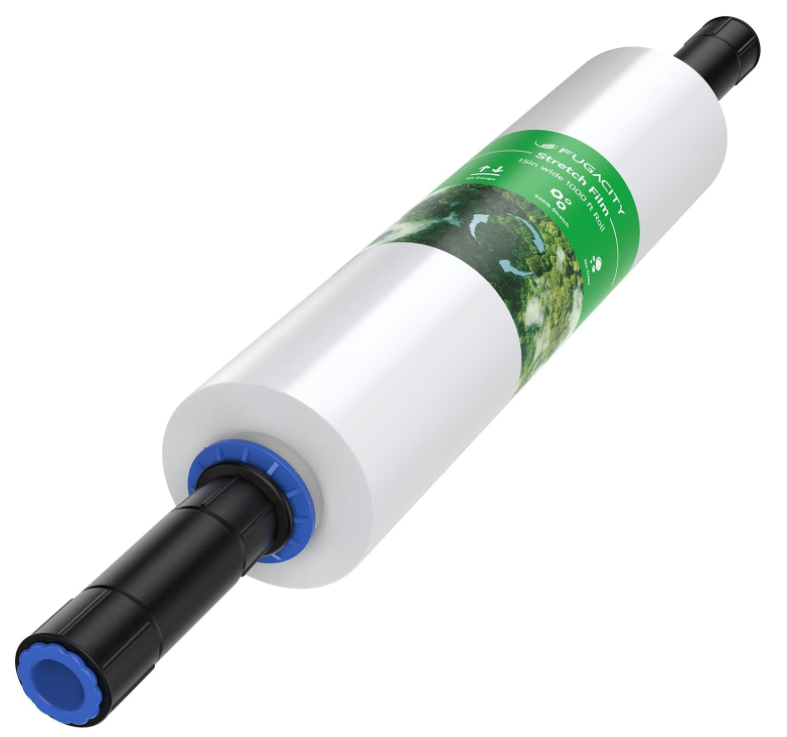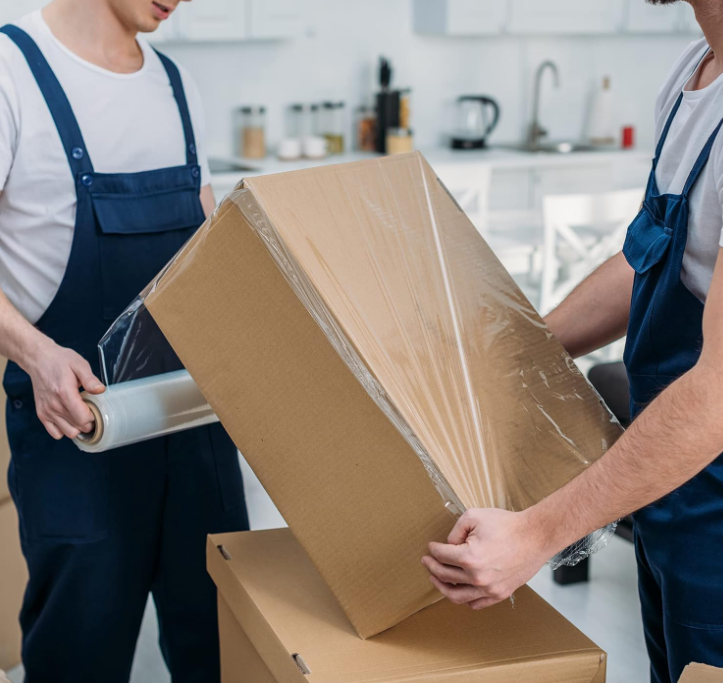Is Your Stretch Wrap Costing You More Than It Saves?
In an era where logistics and packaging efficiency are pushed to their limits, businesses have long moved beyond viewing packaging merely as protection. Stretch wrap, one of the most commonly used yet easily overlooked materials in modern packaging, quietly dictates transportation safety, warehousing costs, and even a brand's sustainability image.
For brands, a roll of stretch wrap represents not just a layer of protection, but a balance between cost and responsibility. Applied too loosely, goods may shift, topple, or collapse during transit. Wrapped too tightly, products can be crushed or deformed, increasing material waste. As market demands for both environmental responsibility and efficiency grow increasingly stringent, choosing the right stretch film has become an unavoidable reality for brand decision-makers.
MTPAK, as a specialist in packaging solutions for the food, retail, and logistics sectors, understands that packaging is more than just "material selection"—it's the embodiment of systematic thinking. From flexible packaging to logistics protection, MTPAK provides brands with high-performance, sustainable material solutions, among which stretch wrap is central to ensuring transport safety and packaging consistency.
What is stretch wrap?
Stretch wrap, also known as stretch film or pallet wrap, is a transparent plastic film made primarily from polyethylene (PE), known for its high elasticity and recovery force. It is applied—either mechanically or by hand—by being tightly wound around products or pallet loads, forming a self-adhering protective layer that secures goods, prevents loosening, and protects against moisture and contamination without needing additional adhesives. This thin yet tough packaging material can be used alone or in conjunction with cartons, plastic pallets, and other outer packaging to achieve integrated transport protection. It is widely used across numerous industries including food, e-commerce, logistics, retail, and electronics. Simply put, stretch wrap is the key material that enables "packaging stability and cost control" to go hand-in-hand.
What are the types of stretch wrap and how do they differ?
While varieties of stretch film might seem to differ only in thickness, strength, or color, within professional packaging systems, they actually represent trade-offs between efficiency, cost, and sustainability.
The most common distinction is between Hand Stretch Film and Machine Stretch Film. The former offers flexibility and is often used in retail warehousing, small-batch shipments, or e-commerce picking areas. The latter is designed for use with automated wrapping equipment, enabling high-strength pallet wrapping in a short time, making it the preferred choice for large production lines and logistics centers.
As companies pursue higher packaging efficiency and lower material waste, Pre-Stretched Film is increasingly becoming a popular option. This film is stretched close to its limit during manufacturing, requiring less tension during application to achieve a secure wrap. This not only saves labor but also reduces plastic consumption, positioning it as a key player in the shift towards sustainable packaging.
Furthermore, "smarter" materials are being introduced: High-Performance Stretch Films, enhanced through nanotechnology or copolymer structures, offer greater strength despite being thinner. Colored and Anti-Static Stretch Films allow brands to combine easy identification with safety, useful for zone management or electronics transportation.
Different types of stretch wrap essentially represent the precise choices brands make between "efficiency and responsibility"—they don't just wrap products; they encapsulate a brand's understanding of its supply chain.
What role does stretch wrap play in a packaging system?
If cartons and pallets form the "skeleton" of packaging, then stretch wrap acts as the "muscle" that provides cohesive strength. At every stage of transport and storage, it silently performs the roles of stabilization, protection, and optimization.
Firstly, it makes transportation controllable. Whether securing a full pallet of bottled beverages or fragile food boxes, the tension of stretch film unitizes the load, preventing shifting or collapse caused by vibration or maneuvering. The stability it provides translates not just into safety, but also into significant economic benefits through reduced damage and loss.
Secondly, it ensures cleaner packaging. The transparent protective layer acts as a barrier against moisture, dust, and contaminants, helping to maintain product appearance and hygiene even after long-haul transport or storage. For brands in food, pharmaceuticals, and cosmetics, this "invisible shield" is often a crucial component of perceived quality.
On a deeper level, stretch wrap changes the logic of efficiency. It reduces the need for additional materials like strapping or tape, creating a uniform, neat packaging appearance. Simultaneously, it improves load stability, maximizing storage space utilization. For brands shipping in high volumes, a roll of high-quality stretch film can often mean higher throughput speeds and lower overall logistics costs.
It is not merely a packaging accessory but the "lubricant" ensuring the smooth operation of the entire system. Precisely for this reason, more and more brands are upgrading stretch wrap from a simple procurement item to a strategic material—unlocking value far exceeding its physical size at the intersection of safety, efficiency, and environmental care.
How is stretch wrap used across different packaging industries?
l Food & Beverage Industry:
Used for securing unitized loads, pallets of bottled water, canned goods, and condiments. The transparent film allows easy scanning and identification while ensuring food hygiene and safety.
l E-commerce & Retail Industry:
Ideal for quickly bundling items of varying sizes during bulk order sorting and transport, reducing outer carton damage. Some brands also use colored or printed films with logos to enhance brand recognition.
l Industrial & Manufacturing Sector:
Employed for bundling parts, metal materials, or chemical products. Special high-strength films prevent metal oxidation and dust contamination while avoiding the point-pressure damage sometimes caused by traditional strapping.
l Pharmaceutical & Healthcare Industry:
Requires packaging environments that are moisture-proof, anti-microbial, and of high cleanliness. Stretch film often serves as a secondary protective layer, ensuring products are shielded from external cross-contamination during shipping.
From retail packaging for specialty coffee to logistics in massive warehouses, the flexibility of stretch wrap is becoming an industry standard.
Conclusion
Within the global packaging supply chain, stretch wrap has long evolved beyond being just a synonym for "bundling." It is a guardian of brand transportation safety, an optimizer of warehouse efficiency, and an intelligent choice in the era of sustainable packaging. For companies aiming to enhance their brand image while controlling costs, the correct selection and use of stretch film means gaining a competitive advantage in the details.
MTPAK leverages a global perspective and material innovation capabilities to provide brands with one-stop solutions—from packaging design and material development to supply management. Whether you need to optimize your existing packaging system or explore more efficient, eco-friendly alternatives, we can help you build a packaging system that is both safe and sustainable.
Contact MTPAK today and let stretch wrap become the invisible advantage in your brand's supply chain.
Email:account@mtpak.com
Contact us:https://mtpak.com/contact-mtpak





